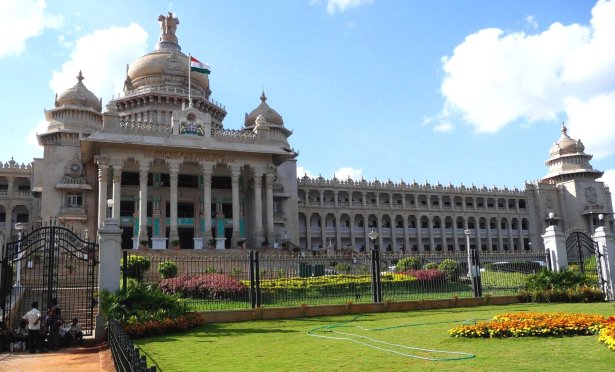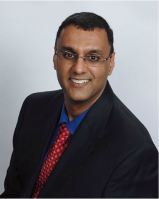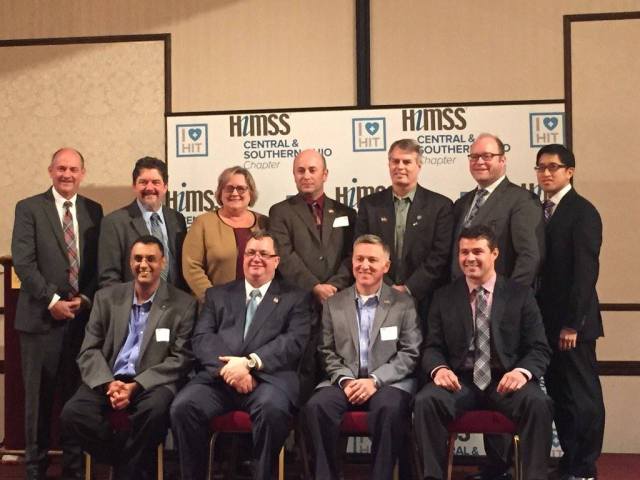
It’s been more than a month since I came back from Bangalore, India. When I was last in Bangalore during the month of December, the year was 1994. The internet had not yet really come to the city, no mobile phones, many more trees and no high rise apartments, you could get across the city in about 45 minutes and there were no flyovers, people rarely, if ever traveled overseas for vacations and the vast majority of people were either engineers or doctors (if their parents wanted their children to be perceived as doing well career wise). You could at least call an ambulance and possibly get to one of the small clinics that were around and hope that the doctor there knew how to take care of you (there were only a couple of private hospitals around then.
That’s not the Bangalore (or Bengaluru as it is now called when the city officials changed the name of the city to reflect the state’s Kannada language pronounciation) that I saw this past December. Everybody uses their mobile smart phones for everything, you need to use Ola or Uber, even if you live here because the number of cars in the city is unbelievable and growing more by the minute, many flyovers across the city and some of them even have stops at the top of the flyover (because someone in government didn’t plan properly), there’s a metro that the government has been working on for a decade (similar to Boston’s Big Dig of old) and if you get into an Ambulance, you may want to say your farewells to your family…as 9 out of 10 times, you will not make it to the hospital in time to save your life. See the YouTube video here for some perspective on what I’m talking about.
There are some solutions to these issues; air ambulances (visions of M*A*S*H) have been touted as one of the ways in which India can get some of their critical patients to their provider facilities.

These though may be only available for the upper middle class to rich and may not be something that regular people can avail of. Tele-Medicine or Tele-Health is an option. One of the premier solution providers talks about “Telemedicine as a service” that has been touted as possibly being able to be offered by local telecom service providers, who can bundle the service along with bandwidth. Healthcare providers can use the tele-health solution as a managed service by paying a monthly subscription fee or on a per event basis.They further say that these providers can market this service to a wide cross section of provider organizations who may be able to offer affordable tele-health services to their populations. Providers can also offer this as a value added service to their patients, and charge them on a subscription basis. An added advantage to this is that healthcare providers do not need to make any upfront capital investment in the technology infrastructure. The challenge is that nearly 70% of India’s population lives in rural areas and there will be vast differences when it comes to access to basic healthcare facilities and capabilities for different regions as well as languages (India became one country in 1947 when different kingdoms, princely states and former British India joined together to become one country…all of these places had different languages, culture and traditions).
The United States’ 911 protocols and procedures as well as the infrastructure that backs it up is probably the best in the world by far. Our country needs to be proud of itself for maintaining this edge on the world. While we still need to improve our value for money, we are making headway, I am positive about that fact. Our Healthcare Information Technology professionals are working hard to continuously improve our provider organizations and their delivery systems as we never accept that we have done our best but continually strive for process improvement. I appreciate our providers more than ever, though we must do a better job of containing costs. My belief is that we may treat many times to avoid litigation rather than do what’s best for the patient. This belief stems from recent personal experience with providers both in India and the US and the vast differences in cost structure administering the same treatment.I had the good fortune of visiting Cisco’s offices in their multi acre campus in the heart of Bangalore and I was extremely impressed with their ability to put tele-health solutions into practice for their own employees. The picture below was taken on their campus at one of the rooms where employees can visit on site for tele health visits with their care provider. The opportunity to save millions of lives in India through basic healthcare facilities is tremendous and many organizations are trying to figure out ways in which they might be able to achieve that objective. Kudos to all those who are working hard to make that happen. 
 I know many folks are eagerly looking forward to next week in Vegas and HIMSS16. I’m looking forward to meeting my “Conference Buddies” those folks we see once a year at the Big Show! I’ll be looking forward to the keynotes from Sylvia Mathews Burwell, Secretary of Health & Human Services & Michael Dell, Founder of Dell, Inc next Monday the 29th at the Palazzo Ballroom at the Venetian Hotel.
I know many folks are eagerly looking forward to next week in Vegas and HIMSS16. I’m looking forward to meeting my “Conference Buddies” those folks we see once a year at the Big Show! I’ll be looking forward to the keynotes from Sylvia Mathews Burwell, Secretary of Health & Human Services & Michael Dell, Founder of Dell, Inc next Monday the 29th at the Palazzo Ballroom at the Venetian Hotel.




